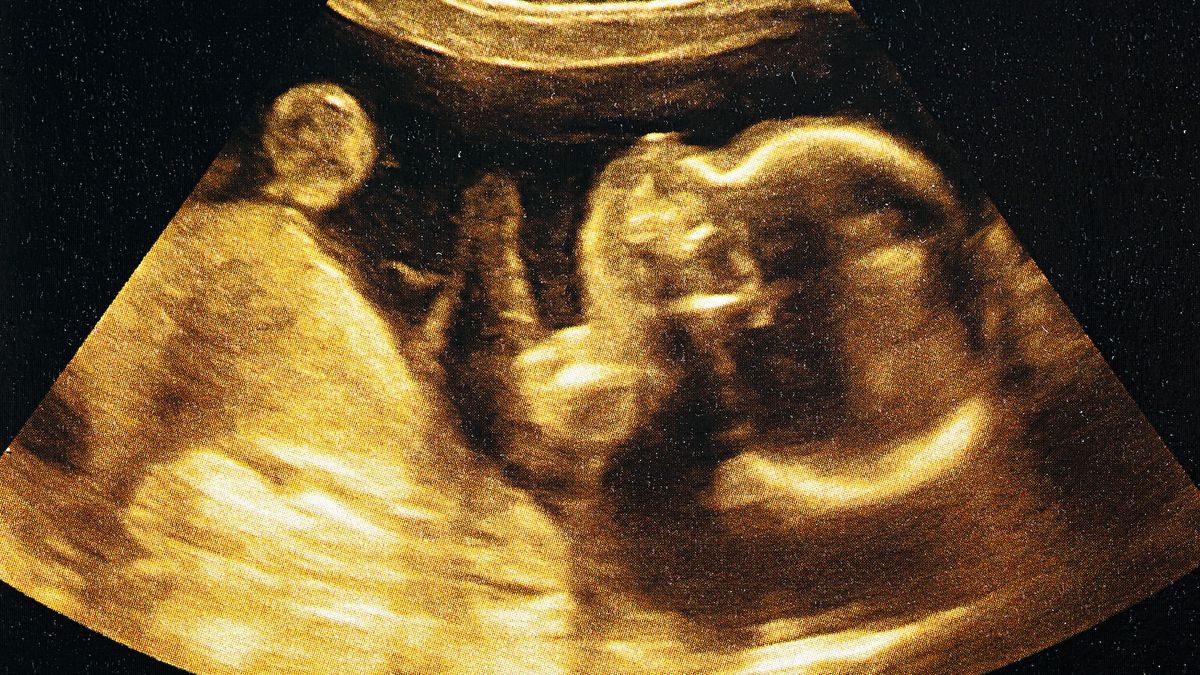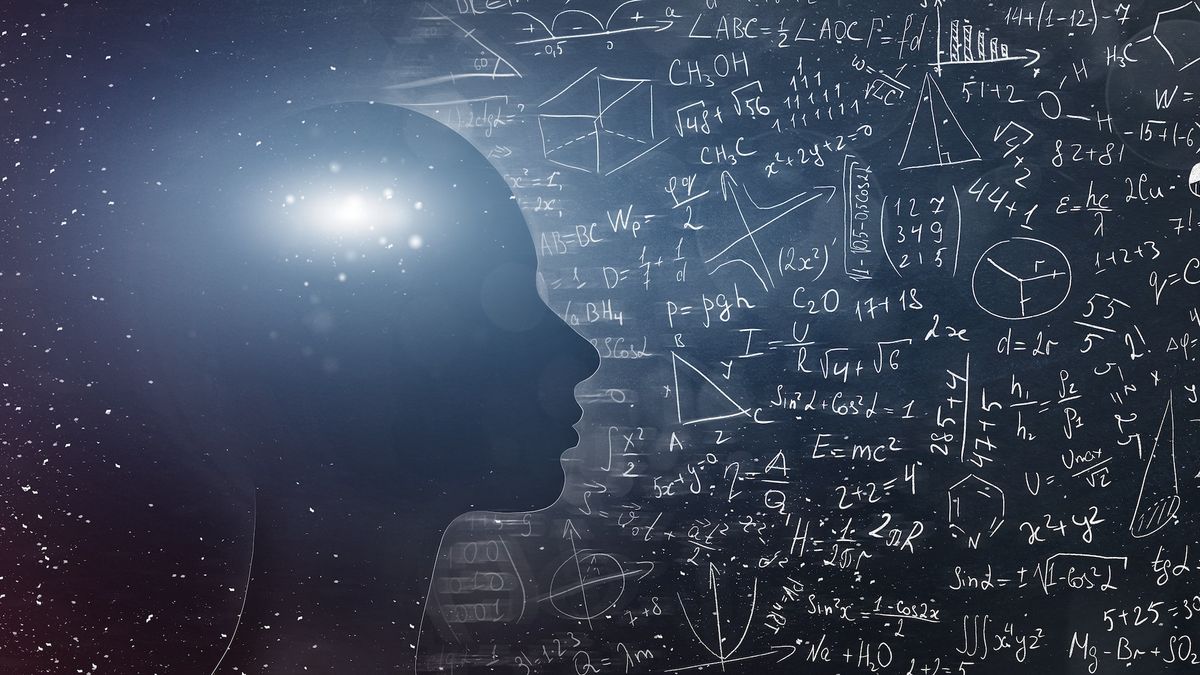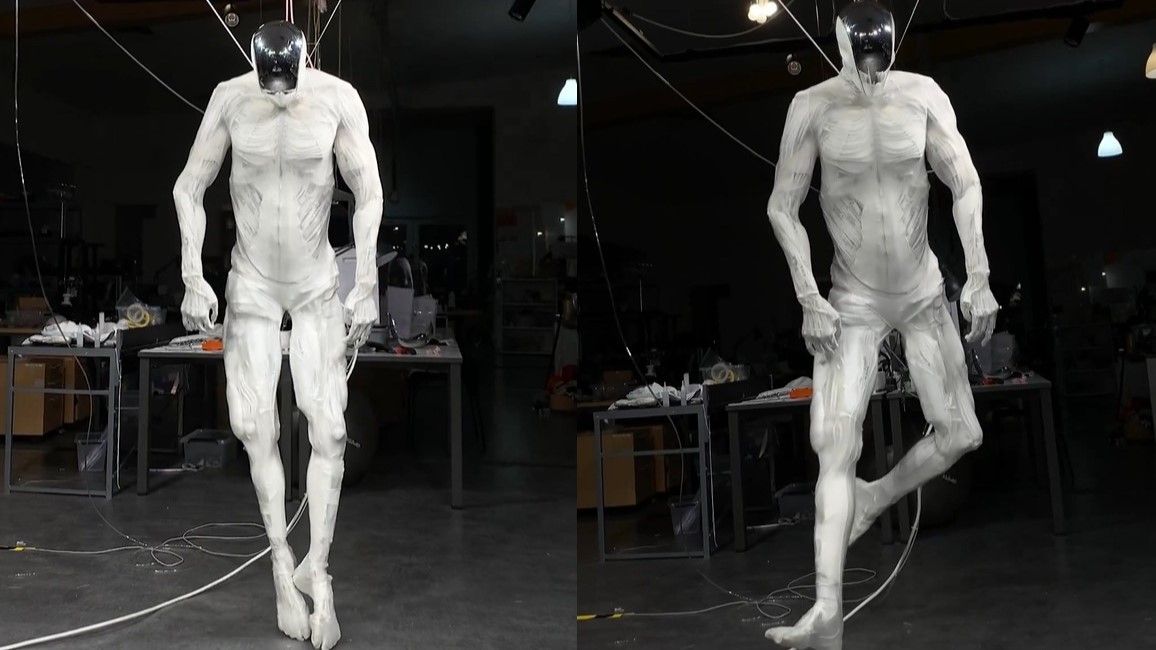A teenager has set multiple math world records by performing calculations in his head. Fourteen-year-old Aaryan Shukla from Maharashtra, India, recently took down no less than six mental math world records in a single day — proving he’s earned his nickname, “the Human Calculator.” His times were certified by Guinness World Records.
Shulka’s feats include setting the fastest known time to mentally add 100 four-digit numbers (30.9 seconds), 200 four-digit numbers (1 minute, 9.68 seconds), and 50 five-digit numbers (18.71 seconds), as well as the fastest time to multiply two five-digit number sets of 10 (51.69 seconds) and two eight-digit number sets of 10 (2 minutes, 35.41 seconds), and the fastest time to divide a set of 10 20-digit numbers by a set of 10-digit numbers (5 minutes, 42 seconds). He crunched these numbers quicker than most people can punch the digits into a calculator.
Shulka set these new records at an event hosted by Guinness in Dubai. Shulka’s successful record-setting attempt was captured on video, which is available to watch for free on the Guinness World Records website, and in the player below.
Watch On
Related: Infamous ‘sofa problem’ that boggled mathematicians for decades may finally have a solution
A ‘one in a billion kind of person’
In addition to these six most recent records, Shulka already holds the record for the quickest time to add 50 five-digit numbers, which he set a year ago. He credits his numerical prowess to his yoga practice, which “helps me keep calm and focused,” he told People Magazine in an interview. Shulka also practices math for five or six hours a day, in-between more typical teenage hobbies like reading and playing video games.
In an interview with Guinness, Shulka’s father insisted that extraordinary math skills don’t run in the family. “We are a normal family,” he said. “Aaryan is a one in a billion kind of person, but I don’t think that we are a family of mental calculators.”
Shulka is not the only teen earning attention for tackling complicated and impressive mathematical problems. In 2022, American high school seniors Ne’Kiya Jackson and Calcea Johnson discovered a new “impossible” proof for the Pythagorean theorem — the 2,000-year-old theorem that describes the relationships between a right triangle’s three sides. The teens used trigonometry to prove the theorem, a feat that was previously considered unworkable by mathematicians. Their work was published in the peer-reviewed journal American Mathematical Monthly in 2024, in a paper that included nine more trigonometry-based proofs that no one had ever come up with before.













